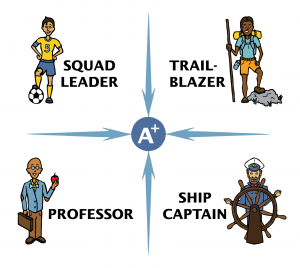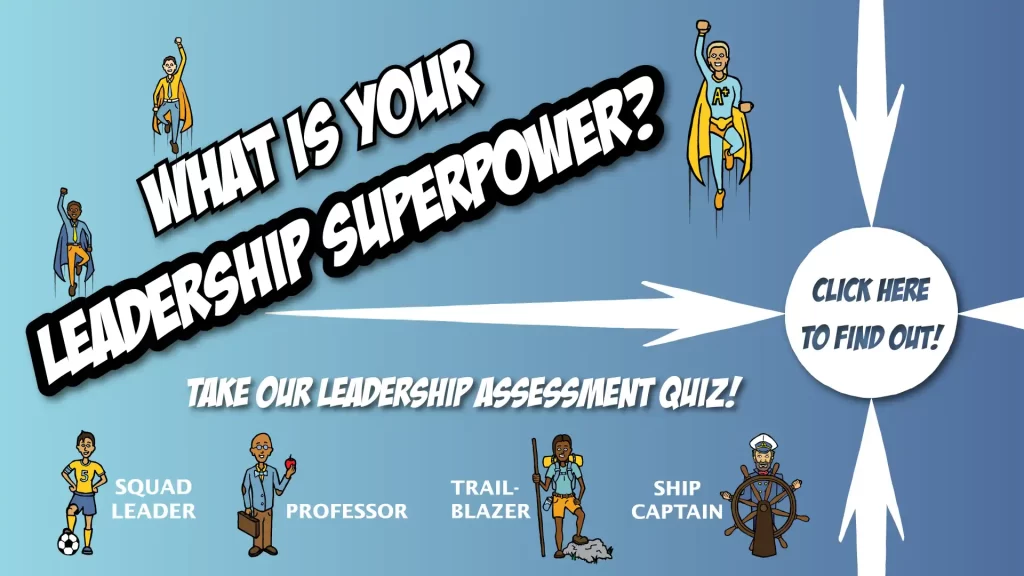Are your plans and goals being disrupted with unexpected results?
In today’s economic environment you need your team’s best Supportive Listening for finding the opportunities within the current challenges to keep your business stable and forward moving.
What Your Business Most Needs From You
Be a Supportive Listener! Uplevel your team communication for the best strategic decisions and actions while the external environment is causing upheaval in your plans and expectations. Listening to one another is key for how best to listen to what your business results are calling you to do. What is most needed is to stay in business for the greater opportunities that will eventually come through this economic cycle.

Your business needs have shifted. What is called for is productive communication to determine the best initiatives in response to the change. For this reason, your business needs you and your team to be an excellent “think tank”. To decipher the impact to resolve and how best to keep your business and team healthy and active.
Listen to the Thinking
Let’s consider the difference between ‘hearing’ and ‘listening’. In practice, ‘hearing’ tends to be a mix of partially interacting in listening, while at the same time engaging in your own ‘thinking’ about the topic or what is being said. Whereas for productive communication within your team, what is needed is for you to be fully present and engaged in listening to the thinking of the other person. It is not the time to add your own thinking!
Your part as a Supportive Listener is to position yourself in the conversation to best support the success of the other person who is sharing their thoughts, perspective and information. In this process you will find that the dynamic of mutual regard and interest in listening will be matched; to the degree you listen, you will be listened to. This matching will occur organically without being forced. Why do we care? Because your business needs the meeting of minds that share perspectives and add to one another’s thinking for the best strategic decisions.
Develop the Skill
Listening is a skill that will take practice to develop. With these few simple steps you will experience the benefits from your very first try.
- Anchor in your purpose for this conversation, the outcome you are going for and your intention for your part in support of productive communication.
- Begin your conversation by taking a moment to connect before diving in. As a Supportive Listener you want to set your team members up for success in being able to share their thinking and point of view. You want them to have the experience of being recognized, appreciated and understood. Every conversation with your team is an opportunity to build trust and positive regard.
- As you move into the conversation, your part is to be open and curious while listening. Your thinking in this moment is to draw forth what the other person most wants you to know (not what you want to hear).
- Use your thinking to observe with neutrality and utilize all of your senses. Check in on body language, speed and clarity of voice, is your team member able to stay on point, or do they seem nervous or losing their way? Your support may be to smile, to nod, to lean in or to lean out, to take a calming breath to slow the energy of the conversation, or to offer a pause to catch up with the thinking. Remember that as a Supportive Listener your part is to create the safety and opportunity for your team member to express their thinking and perspective at this point of the conversation.
- Stay focused on what your team member is saying. Your thinking at this moment is to clarify that you have heard and understand what they are intending to convey. To do this you can paraphrase what you heard using their words as much as possible and / or repeat back the main points and allow them to respond to align for best understanding.
- Pause to acknowledge in appreciation of your team member’s sharing. This pause deepens your connection and enhances the flow for collaborative and cooperative communication. Remember that it is hard to bring your ideas forward. Creating a safe place for your team members to do so within your professional relationship is an empowering part of your leadership role.
- It’s your turn to share! Yes, as a Supportive Listener you do have the opportunity to share your thinking based on what the conversation needs. Allow this shift to be an invitation to add your perspective and thoughts, or you may move into processing options for decision making or resolution. Anchor back to the purpose of this conversation, and lead the conversation in whatever way is most needed for that intention and outcome you are going for.
Your Supportive Listening is the most powerful way to lead your team for productive and fulfilling communication. Start practicing today!
Barbara Schindler, Executive Coach, Entrepreneurial Consultant, COO
Communication and business innovation is unlocked by HEARING fresh perspectives. Barbara is passionate about leaders and teams learning to be mindful and compassionate communicators in their company culture. Besides decades of diverse business experience, Barbara holds a Bachelor’s degree in Human Behavior and Master’s degree in Counseling Psychology from Ryokan College, as well as a Master’s degree in Spiritual Psychology from the University of Santa Monica.











